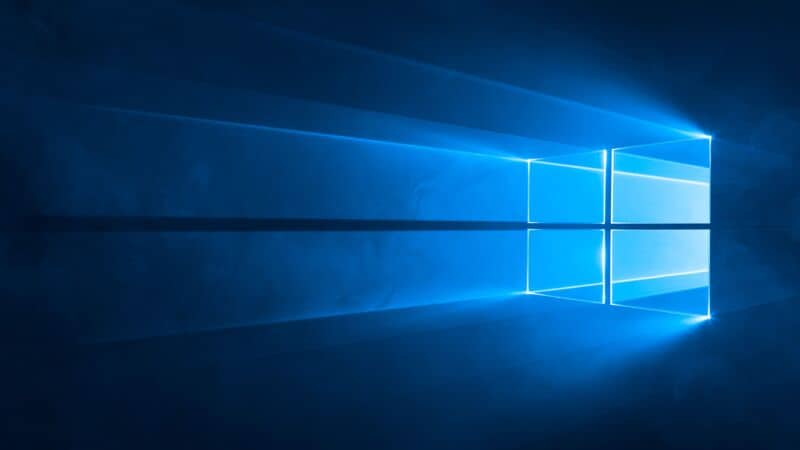Microsoft will stop selling downloadable licenses for Windows 10 on its website on January 31, according to a message on the product pages for Windows 10 Home and Pro. Although Windows 10 will continue to be supported with new security updates until at least October 2025, Microsoft is pushing anyone buying or building a new PC to use the newer Windows 11 instead.
Other retail sites will presumably keep selling physical and digital copies of Windows 10 for at least a little while, but even if all Windows 10 sales went away at the end of the month, people who really wanted it should still be able to get it.
For owners of older Windows 7 and Windows 8 PCs who want to upgrade—and you should, since both operating systems received their final regularly scheduled security updates earlier this month—Windows 10 should continue to install and run just fine on those computers at no additional cost. This is an artifact of the years-old Windows 10 upgrade offer. Microsoft officially stopped offering a free upgrade to Windows 10 in 2016, but the company never took any steps to stop the upgrades from working.
For people buying new PCs who simply don’t want to use Windows 11 for some reason, Windows 10 and Windows 11 have (so far) used interchangeable product keys; on systems that shipped with Windows 11, I have had no issues installing and activating the equivalent edition of Windows 10 on the same hardware. Technically, only Windows 11 Pro licenses shipped with OEM PCs qualify for downgrade rights (PDF), but downgrades of the Home edition of Windows 11 should generally work anyway.
Microsoft is still releasing yearly feature updates for Windows 10, though the 22H2 update contained few, if any, major new features. Microsoft has shifted the bulk of its development effort to Windows 11, which is now being tweaked several times a year with new app updates, user interface refinements, and other features.

